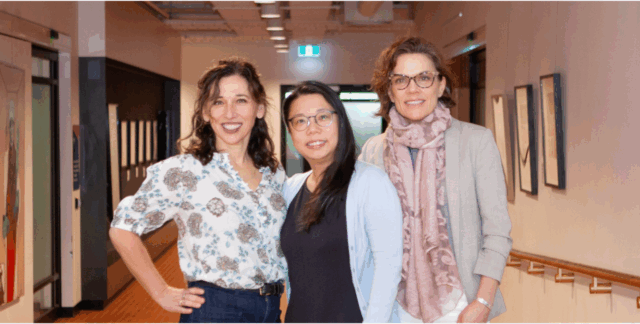The 2024 STEM Equity Monitor has been released, highlighting ongoing gender disparities across Australian STEM careers.
While there has been a 76% increase in the number of women in STEM-qualified roles from 2013 to 2023 (bringing the current proportion to 15%), we have seen little change since 2023. Only 31% of women STEM graduates are in STEM occupations (compared with 56% of male STEM graduates).
Caring responsibilities present a major barrier for women in STEM
Child care responsibilities are flagged as an important contributor to the leaky career pipeline for women.
Across all people employed in STEM, STEM-qualified women stood out as the group with the lowest proportion of unpaid child care responsibilities (36% in 2021.)
Notably, this was lower than employed STEM‑qualified men (38%): STEM was the only field of education where the proportion of men with child care responsibilities was higher than that of women with child care responsibilities.
For comparison, women with STEM training were less likely to have child care responsibilities than employed women with non‑STEM qualifications (44%) and those employed with health qualifications (52%).
However, of women STEM graduates not in the workforce, 53% had child caring responsibilities.
This suggests that women with child care responsibilities are frequently being pushed out of the careers for which they have trained.
Intersectional data shows Indigenous men also excluded
This year is the first to provide intersectional data, reporting on STEM participation among diversity groups. It’s a valuable addition that allows us to make deeper observations about the sector and understand the barriers to inclusion.
Indigenous women STEM graduates seem more likely than their non-Indigenous counterparts to stay in STEM. Of those who graduated with STEM qualifications in 2011, a higher proportion (34%) of Aboriginal and/or Torres Strait Islander women were employed in STEM a decade later than non-Indigenous women (30%). We note that this still reflects a very low rate of continuation into STEM careers.
Compared to Indigenous women STEM graduates there was an even lower proportion of Indigenous men STEM graduates who were employed in STEM roles. Indigenous men graduates were also less represented in STEM occupations (40% in 2021) than non‑Indigenous men (56%). This large difference between Aboriginal and/or Torres Strait Island men and non‑Indigenous men was the largest of any group shown in this year’s analysis.



